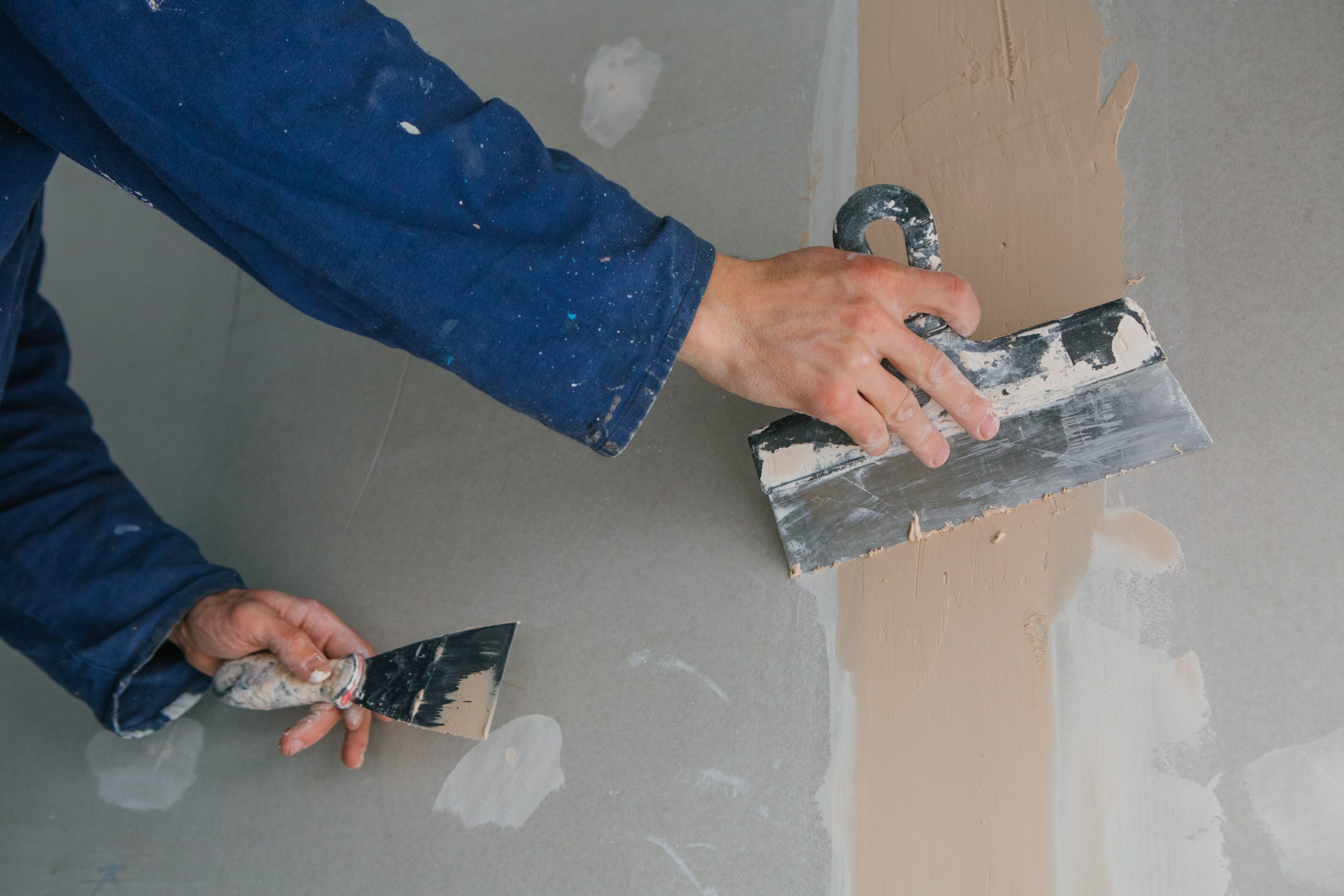Plastering walls is a meticulous craft that requires dedication, precision, and a keen eye for detail. In this comprehensive guide, James Barzini, an esteemed authority in the realm of plastering, shares invaluable insights and techniques to empower individuals with the knowledge and skills needed to excel in this time-honored trade.
Introduction to Plastering
Plastering is an ancient technique that dates back thousands of years, with evidence of its use found in archaeological sites around the world. The process involves applying a smooth, durable coating to interior walls and ceilings, transforming them into elegant and refined surfaces. Beyond its aesthetic appeal, plaster serves a functional purpose by providing insulation and protection against the elements.
Understanding the Fundamentals
Before embarking on a plastering project, it’s essential to grasp the fundamental principles of the craft:
- Surface Preparation: The key to a flawless plaster finish lies in meticulous surface preparation. Begin by thoroughly cleaning the wall surface to remove any dust, grease, or debris. Repair any cracks or imperfections with a suitable filler material and ensure that the surface is smooth and level.
- Materials and Tools: Familiarize yourself with the materials and tools required for plastering. Gypsum plaster, lime, sand, and water are the primary ingredients used to create the plaster mixture. Essential tools include a trowel, hawk, plastering float, and mixing equipment.
The Plastering Process
James Barzini outlines a systematic approach to the plastering process, emphasizing precision and attention to detail:
- Mixing the Plaster: Achieving the perfect consistency is paramount when mixing plaster. Follow the manufacturer’s instructions carefully, adding water gradually to prevent lumps and ensure a smooth, workable mixture.
- Application Techniques: Using a trowel and hawk, apply the plaster to the wall surface in even, overlapping strokes. Work methodically from the bottom to the top, ensuring consistent coverage and thickness throughout.
- Feathering and Smoothing: Employing a feathering technique with the trowel, blend the edges of each plastered section seamlessly to avoid visible seams or ridges. Use a plastering float to smooth out any imperfections and achieve a uniform surface texture.
- Working in Sections: To maintain control and achieve a uniform finish, divide the wall into manageable sections and focus on one area at a time. Complete each section before moving on to the next, ensuring continuity and consistency in your work.
Advanced Techniques and Tips
Once you have mastered the basics of plastering, you can explore advanced techniques to enhance your skills:
- Texturing and Decorative Effects: Experiment with different texturing techniques, such as stippling or swirling, to add visual interest to your plastered surfaces. Consider incorporating decorative elements such as relief patterns or faux finishes for added sophistication.
- Color Customization: Explore the use of pigments and dyes to customize the color of your plaster. Experiment with different hues and shades to achieve the desired aesthetic effect, complementing the overall design scheme of the space.
- Venetian Plaster: Delve into the art of Venetian plaster, a luxurious and time-honored technique that involves layering multiple thin coats of tinted plaster to create a rich, marble-like finish. Mastering this technique requires patience and precision but yields stunning results.
- Repair and Restoration: Develop proficiency in plaster repair and restoration techniques to revive aging or damaged surfaces. Learn how to patch cracks, blend repairs seamlessly, and match existing textures for seamless results.
Common Mistakes to Avoid
Even seasoned plasterers like James Barzini have encountered their share of challenges. Here are some common pitfalls to avoid:
- Rushing the Process: Plastering requires patience and attention to detail. Avoid rushing through the process, as this can result in sloppy workmanship and subpar results. Take your time and focus on achieving a flawless finish.
- Neglecting Surface Preparation: Inadequate surface preparation can compromise the adhesion and longevity of the plaster. Ensure that the surface is clean, dry, and free of any contaminants before applying the plaster.
- Overworking the Plaster: Resist the temptation to overwork the plaster, as excessive troweling or manipulation can lead to a stiff, unworkable mixture. Work efficiently and methodically, maintaining a consistent rhythm throughout the plastering process.
- Ignoring Environmental Factors: Be mindful of environmental factors such as temperature and humidity, as these can affect the drying time and workability of the plaster. Avoid working in extreme conditions or direct sunlight, as this can compromise the quality of your work.
Conclusion
With James Barzini’s expert guidance and insights, mastering the art of plastering walls is within reach for aspiring craftsmen and DIY enthusiasts alike. By adhering to the principles outlined in this comprehensive guide and honing your skills through practice and experimentation, you can achieve professional-quality results and transform any space into a masterpiece of plastered perfection.















